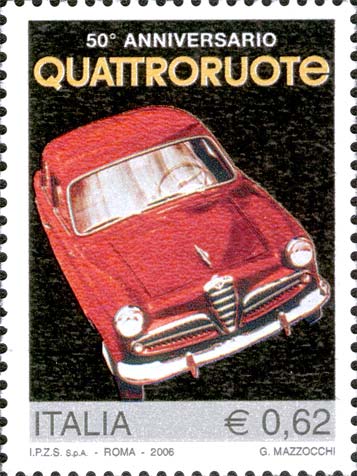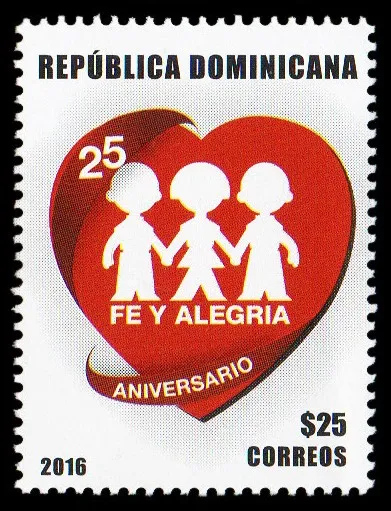
They were issued as a surcharge for the pneumatic mail service, which was only available in some large cities. The system consisted of a network of pipes in which compressed air painted some capsules containing correspondence.
The pneumatic mail was conceived by the Danish engineer Medhurst; the first practical application was made in London in 1853 for telegram transmission to members of the Stock Exchange.
The first country in the world to issue specific values for the pneumatic mail was Austria in 1875 with its "Pneumatischer Brief", followed by France in 1880 with the issue of special leaves called "Carte pneumatique ferme" but in both cases it was whole postal.
Italy was the only country in the world to issue special tire stamps. In Italy the air mail was established in 1907 with the law 111 of 24 March and an appropriation of one million liras for twelve kilometers of pneumatic tubes in Rome, nine in Milan and seventeen in Naples.
In addition to the post offices, banks and large firms were also allowed. Initially the service was used only for telegram forwarding and expressing and was opened to the public in 1912. In 1913 the first pneumatic mail stamp was prepared with a nominal value of 10 c. and the effigy of King Vittorio Emanuele III engraved by Alberto Repettati.
In 1933 the tire stamps were replaced with two values, one effigy of Dante Alighieri and one with the portrait of Galileo Galilei.
On 1 February 1946 the Italian Republic increased tariff but substantially the stamps remain those studied for the Kingdom of Italy. It is necessary to wait on March 25, 1947 for a new republican issue with two cuts: from 3 and 5 Lire.
The image was that of the Minerva on the sketch of Renato Garassi.
The pneumatic mail service ceased in Italy in 1981 and on May 13, 1992 all air mail stamps were placed off course. With regard to other countries, the services were gradually deactivated, in favor of other faster means of transmission, such as e-mail, or more practical.

